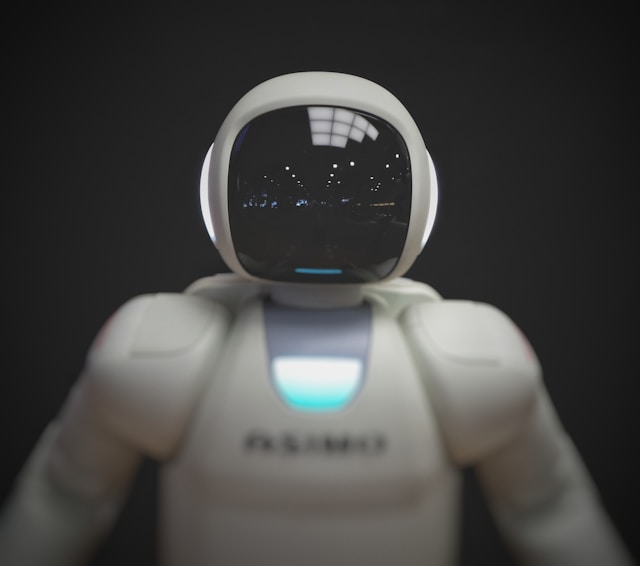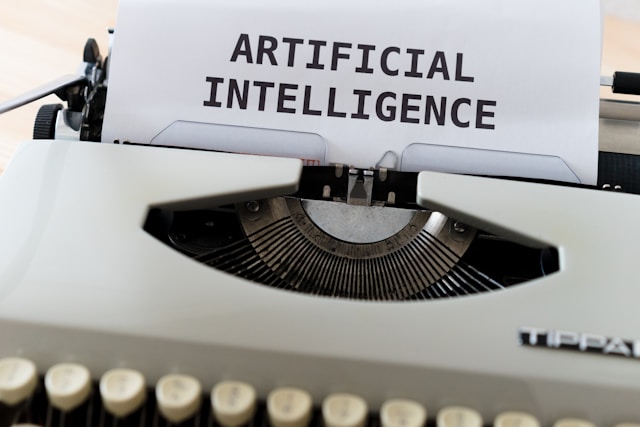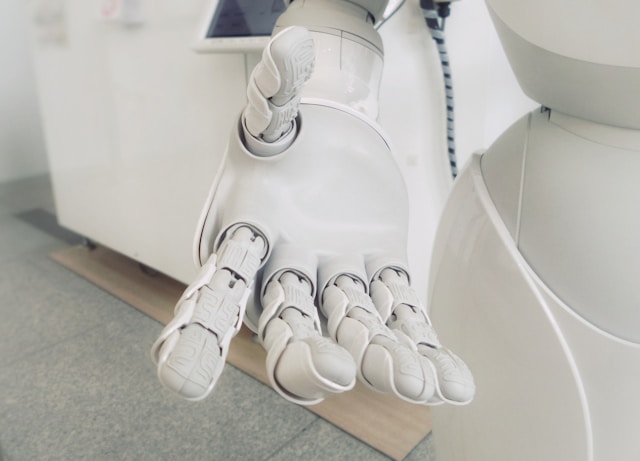Imagine interacting with a computer in a way that feels natural, like talking to a friend. This is the promise of conversational AI, a rapidly evolving field that allows machines to simulate conversation with humans.
Early Days: From Rule-Based Chatbots to Statistical Learning
The roots of conversational AI can be traced back to the 1950s with the development of ELIZA, a program that mimicked a Rogerian psychotherapist. ELIZA relied on a pattern-matching approach, responding to keywords and phrases based on predefined rules. These early chatbots were limited in their ability to understand natural language and could only hold basic conversations.
As computing power increased, AI researchers began exploring statistical learning techniques. These techniques allowed machines to analyze vast amounts of text data and identify patterns in human language. This led to the development of more sophisticated chatbots that could learn and adapt to different conversation styles.
The Age of Machine Learning: Understanding the Nuances of Language
The explosion of big data and advancements in machine learning algorithms in the 21st century have fueled the growth of conversational AI. Machine learning allows AI systems to analyze massive datasets of text and speech conversations. This enables them to recognize patterns, understand the nuances of language, and generate more natural and engaging responses.
A key area of focus is natural language processing (NLP), which equips AI with the ability to understand the meaning behind words. NLP techniques like sentiment analysis allow AI to interpret the emotional tone of a conversation and respond accordingly.
The Rise of Chatbots and Virtual Assistants
Conversational AI has led to the rise of chatbots and virtual assistants that can be found on websites, mobile apps, and even smart devices. These chatbots can answer customer questions, provide technical support, schedule appointments, and even complete simple transactions.
Virtual assistants like Siri, Alexa, and Google Assistant are another prominent example of conversational AI. These AI-powered assistants can understand spoken language, respond to voice commands, and perform a variety of tasks like setting reminders, playing music, and controlling smart home devices.
CleanDesk AI: A Real-World Example
CleanDesk AI is a platform that utilizes conversational AI to provide customer service automation solutions. Their platform uses chatbots to answer customer inquiries, handle requests, and resolve complaints. This allows businesses to improve customer service efficiency and provide 24/7 support.
The Future of Conversational AI: Beyond Basic Interactions
As conversational AI continues to evolve, we can expect even more sophisticated interactions between humans and machines. Here are some potential future directions:
- Multimodal AI: AI systems that can combine voice, text, and visual data to understand user intent more effectively.
- Personalization: Conversational AI that can tailor interactions to individual users based on their past conversations and preferences.
- Emotional Intelligence: AI that can recognize and respond to human emotions, creating more natural and engaging interactions.
Conversational AI has the potential to revolutionize the way we interact with technology, making it more natural, efficient, and personalized. As the technology continues to develop, the possibilities for its application in various fields are limitless.






Leave a Reply